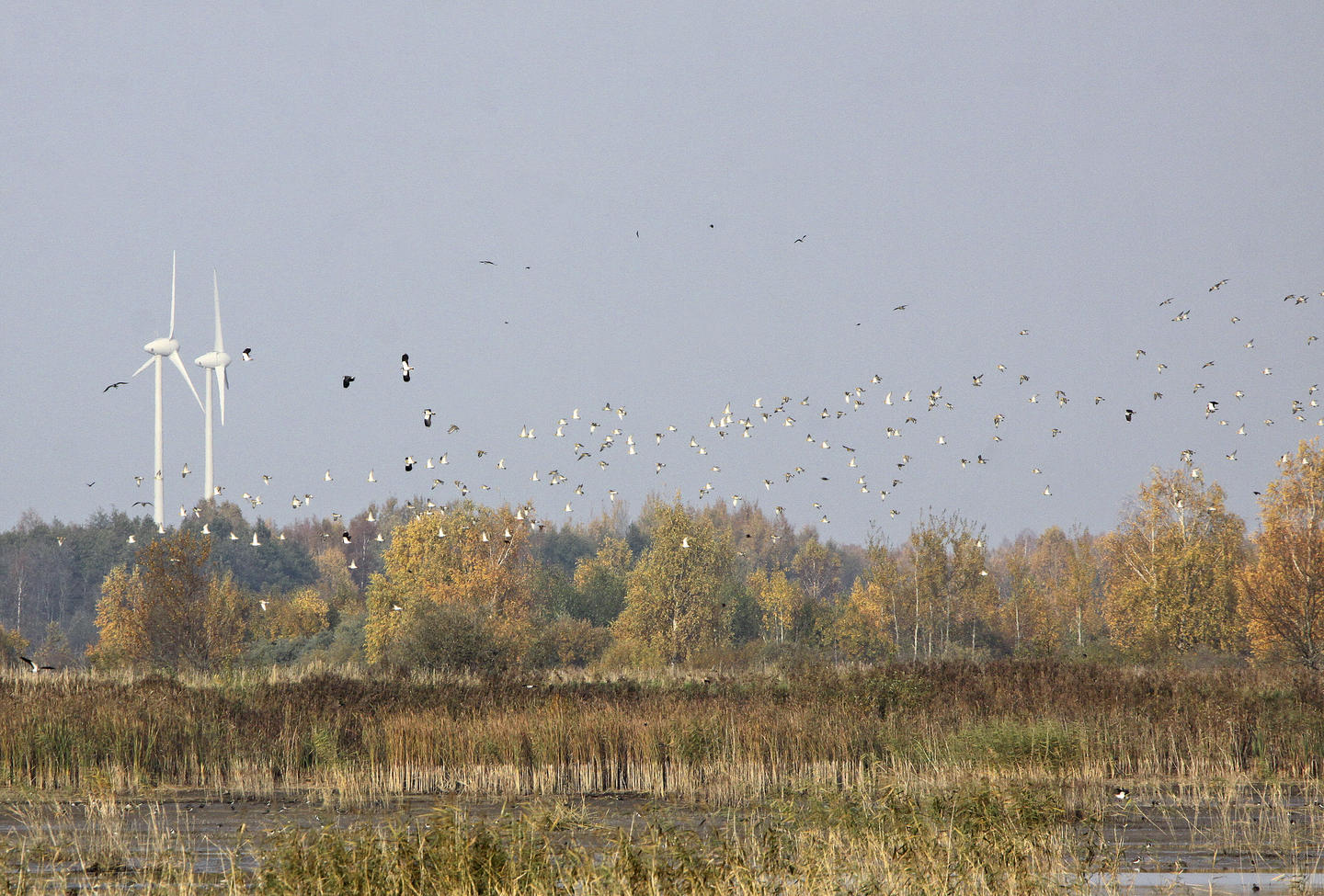We support a project that aims to identify potential conflict zones between the development of wind power and the protection of biodiversity. Usually three types of direct impact from wind power plants are distinguished: displacement, when wintering or resting birds’ sites are occupied; collision, when migratory or soaring birds are killed or injured by blades and turbines; and decompression, when rapid air-pressure reduction in the vicinity of rotating blades causes blood vessels in the lungs of bats to burst.
The project will produce an elaborate Wind Power Conflict Zoning (WPCZ) tool by September 2016. The WPCZ tool will assist spatial planning specialists, wind power plant developers and environmental impact evaluators to find the best location for the wind power plants. This will result in better protection of biodiversity, lower costs of wind power plant development and simpler processes to assess environmental impact.
It is expected that the density of wind power plants in Lithuania will continue to grow. That will most likely mean that the conflict between wind energy sector development and biodiversity protection will also grow. The identification of potential conflict zones and recommendations to minimise conflict intensity are important steps towards balancing biodiversity protection and wind energy development goals.
“We are identifying conflict areas and will provide recommendations on how to build wind power plants with minimum impact on biodiversity,” said Liutauras Stoškus, project coordinator from the Centre for Sustainable Development.
This project is one of the projects supported under the €6.8 million 'Biodiversity and ecosystem services' programme in Lithuania.
21 057New data entries into the National Protected Species Information System
101
Species’ conservation level evaluated
19 km2
Wetland areas restored
13
Recommendations for
invasive alien species
developed
